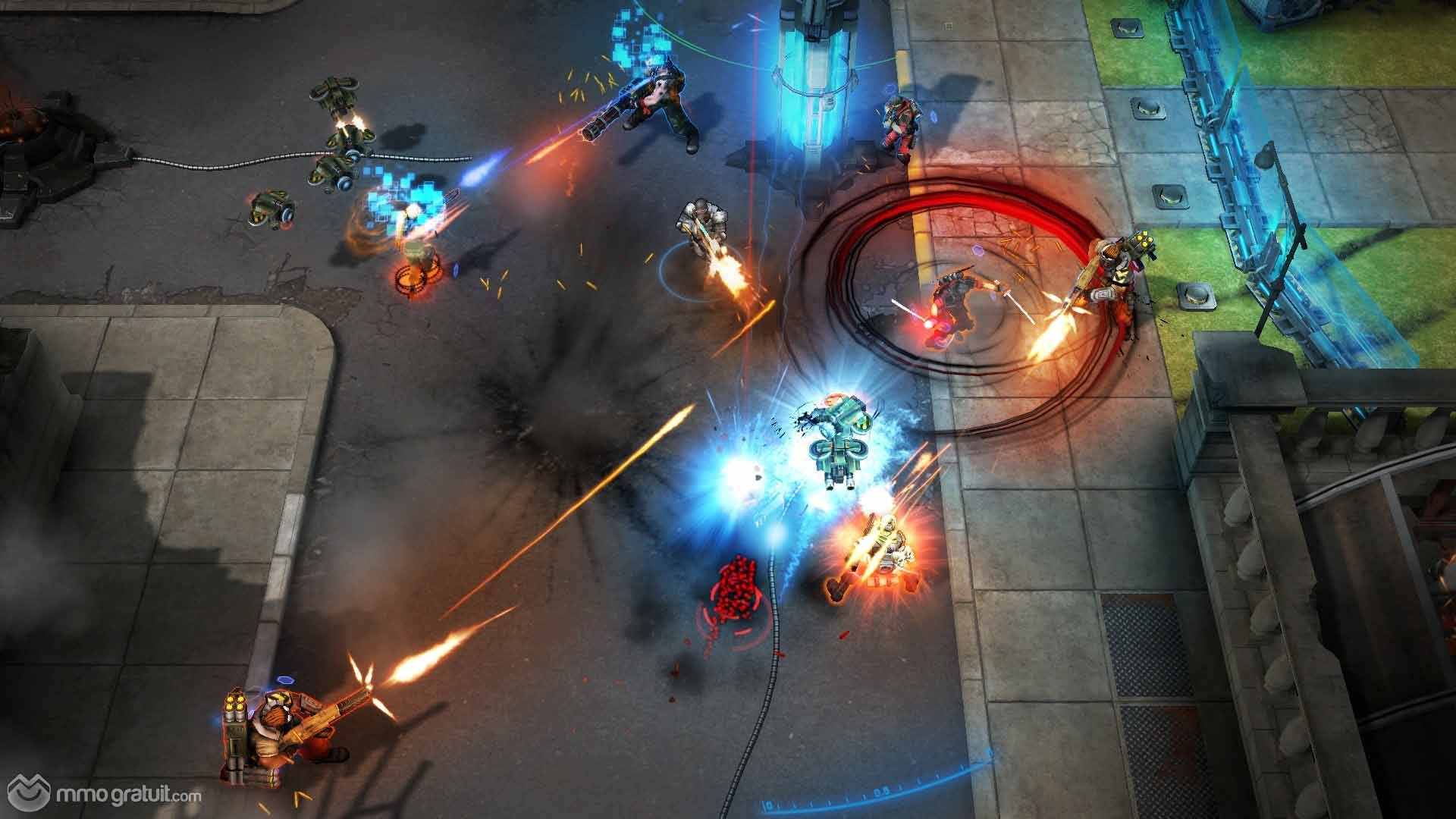

Construction of the museum, by structural engineers Arup and main contractor Sir Robert McAlpine, began on 5 January 2000 and the building was topped out in late September that year. A final £3 million was raised by a fundraising campaign led by BBC News war correspondent Kate Adie. Despite these economies, the fundamental "shattered globe" concept remained intact. The site's external landscaping also had to be reduced in 2009, following an architectural design competition managed by RIBA Competitions, Berlin-based company Topotek 1 were appointed to complete this landscaping. The reduction in budget forced a number of changes the substitution of metal for concrete in the construction of the shards, the removal of a planned auditorium, and a change of exhibition content. Peel Holdings, a local transport and property company, contributed £12.5 million this was reportedly the largest single sum ever given to a UK cultural project by a private enterprise. The European Union's European Regional Development Fund contributed £8.9 million, English Partnerships and the North West Development Agency £2.7 million, and £2.8 million was provided by Trafford Metropolitan Borough Council. The museum was funded by local, national and European development agencies.

Originally budgeted at £40 million, the museum was eventually completed for £28.5 million after anticipated National Lottery funding was not forthcoming. The earth shard houses the museum's exhibition spaces, while the water shard accommodates a cafe with views of the canal. The construction of the tower leaves viewers exposed to the elements and one reviewer considered that it reflected "the aerial perspective of modern warfare and the precariousness of the life below". The 55 m high air shard, provides the museum's entranceway and a viewing balcony (now closed to the public) above the Manchester Ship Canal with views of the Manchester skyline. These shards in turn represented air, earth and water, and each formed a functionally distinct part of the museum. Libeskind envisaged a 'constellation composed of three interlocking shards' with each shard being a remnant of an imagined globe shattered by conflict. which emotionally moved the soul of the visitor toward a sometimes unexpected realization"'.

At the museum's opening, Libeskind said that he sought to "create a building . It was his first building in the United Kingdom. Born in Łódź, Poland, in 1946, Libeskind's family had suffered during the Second World War and dozens of his relatives were murdered in The Holocaust. The entrance to Imperial War Museum North, at the base of the air shard tower.Īn architectural competition for the new museum was held in 1997, with the winning design being that of Berlin-based architect Daniel Libeskind. As part of a national museum, Imperial War Museum North is financed by the Department for Culture, Media and Sport and by self-generated income. Since opening, the museum has operated a successful volunteer programme, which since January 2007 has been run in partnership with Manchester Museum. The museum also hosts a programme of temporary exhibitions in a separate gallery. The museum features a permanent exhibition of chronological and thematic displays, supported by hourly audiovisual presentations which are projected throughout the gallery space. It was recognised with awards or prize nominations for its architecture and is a prime example of Deconstructivist architecture. The museum building was designed by architect Daniel Libeskind and opened in July 2002, receiving 470,000 visitors in its first year of opening. The area is now home to the Lowry cultural centre and the MediaCityUK development, which stand opposite the museum at Salford Quays.

Just across the Trafford Wharf Road from the Museum is the bulk of the Rank Hovis Flour Mill, a survivor from a former industrial age and now rather out of keeping with the surrounding architecture. The museum occupies a site overlooking the Manchester Ship Canal on Trafford Wharf Road, Trafford Park, an area which during the Second World War was a key industrial centre and consequently heavily bombed during the Manchester Blitz in 1940. It is the first branch of the Imperial War Museum to be located in the north of England. One of five branches of the Imperial War Museum, it explores the impact of modern conflicts on people and society. Imperial War Museum North (sometimes referred to as IWM North) is a museum in the Metropolitan Borough of Trafford in Greater Manchester, England.


 0 kommentar(er)
0 kommentar(er)
